Speak to one of our experts now about this offer
Call our Australia experts on0800 047 3516
Available until open until 8pm
Tasmania Holidays
The entrancing island state of Tasmania offers unspoiled wild landscapes, dazzling beaches, quaint towns and an exciting food and drink scene.
Like a continent in miniature, Tasmania has everything you’d expect from an Australian destination, albeit with a milder climate. Its remote wildernesses come complete with jagged alpine ranges, forests of thousand-year-old pines and creatures you won’t find anywhere else on the planet. The country’s smallest state is made for memory-crammed road trips, breathtaking hikes and soul-soothing moments of tranquillity when there’s nothing but you and the sounds and sights of nature.
Even in the capital, Hobart – tucked into the island’s south-eastern corner – there’s a dramatic mountain backdrop and the cobalt waters of the epic natural harbour to admire between historic walking tours and fabulous multicultural meals. To the south, you’ll discover cliffs battered by the Southern Ocean, windswept beaches and the soaring peaks of some of the national parks and reserves that protect almost half of this land. Immerse yourself in these UNESCO-listed landscapes by heading west to explore untamed rivers, ghost towns and one of the last remaining temperate rainforests. The north west’s farm-to-fork experiences provide an indulgent complement to the scenic magnificence of Cradle Mountain-Lake St Clair, while the Tamar Valley vineyards around Tasmania’s sleepy second city, Launceston, in the north are another unexpected gourmet delight.
Talk to us about creating a bespoke itinerary that takes you to Tasmania’s most beautiful places, from photogenic white-sand beaches to tree-fern-fringed waterfalls.
Tasmania Hotels
Our recommendations for the best places to stay in Tasmania
Holidays in Tasmania
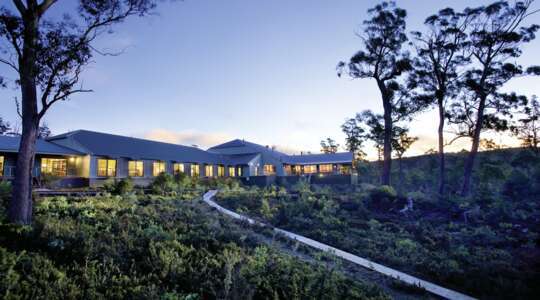
- Tasmania
- 4 Star
An alpine retreat in the heart of the Tasmanian wilderness
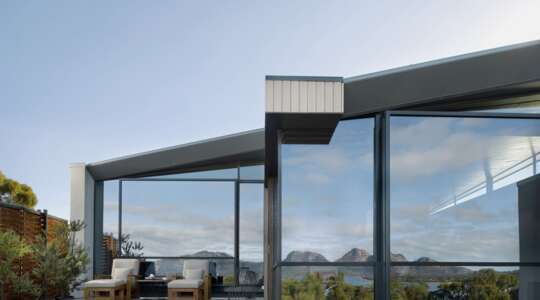
- Tasmania
- 5 Star
Amid Tasmania’s orange-pink Hazard Mountains and white sandy beaches lies a wonderfully remote coastal sanctuary.

- Tasmania
- 4 Star
Self-catering on the waterfront
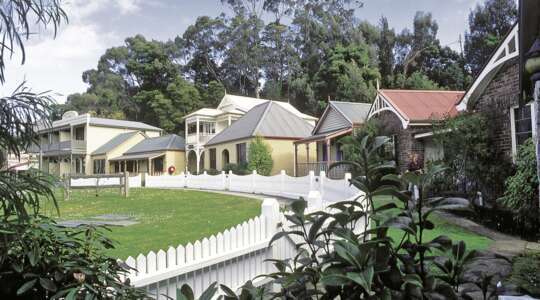
- Tasmania
- 3 Star
Historic west coast pioneering setting
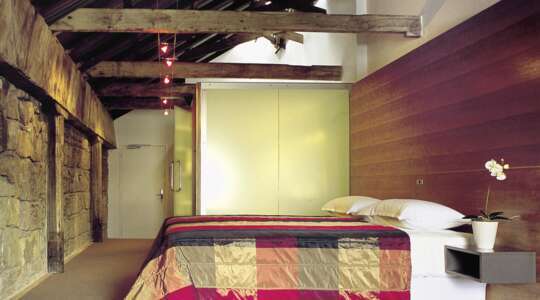
- Tasmania
- 5 Star
Beautiful hotel set in a 19th-Century jam factory
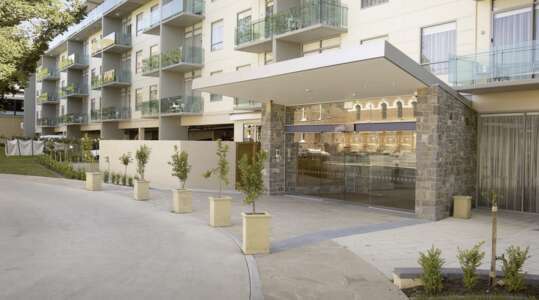
- Tasmania
- 4 Star
Welcoming self-catering hotel apartments
You may also like
Get to know Tasmania and those important practicalities when planning your perfect holiday
GMT +9 hours
Australian Dollar
23½ hours (not including stopover time)
Majority Christian
Australia has no official language but the majority of people speak English as their first language. Approximately 250 indigenous Australia languages are spoken.
Where is Tasmania?
Tasmania lies off the south-east corner of the Australian mainland, 150 miles across the Bass Strait. It’s actually an archipelago consisting of the large main island and around 334 others, most of them uninhabited. Only around 570,000 people call Australia’s smallest state home, giving it a population density in single figures. Around half of the inhabitants live in the two largest cities, Hobart and Launceston, whose airports have direct flights from Melbourne (1hr), Sydney (1hr 50) and Brisbane (2hrs 40): great for multi-centre experiences. The climate is temperate, rarely too cold or too hot, with four distinct seasons – sometimes, the locals joke, all in one day.
Hobart
Roughly 40 per cent of Tasmanians live in and around Hobart, Australia’s second-oldest state capital, which lies at the mouth of the River Derwent in the island’s south-east. Wedged between a deep natural harbour and the soaring peak of Mount Wellington, it is a relaxed, cultured and welcoming city crammed with highly regarded restaurants and well-preserved historic architecture. The former docks area of Salamanca Place features sandstone Georgian warehouses that now house cafés, boutiques and galleries, and nearby Battery Point is a warren of lanes lined with picturesque old cottages. One of the newer attractions is the eye-catching Museum of Old and New Art (MONA), a short ferry ride from the town centre; older sights include the fascinating Royal Tasmanian Botanical Gardens, founded in 1818.
Launceston
Leafy Launceston in the north is Tasmania’s second city, with a rich history and appealing setting to rival that of Hobart. Located at the point where the North Esk and South Esk unite to form the Tamar River, it makes the most of its watery assets. Vintage-style boats take visitors upstream to the Cataract Gorge, where a cable car provides birds’-eye views of this unique natural formation. There are clifftop paths and boardwalks for breezy strolls and heritage buildings-turned-restaurants from whose terraces you can watch the yachting crowd at play. As for the past, it’s left its mark on the city centre, with street after street of impressive Georgian, Victorian and Art Deco architecture to admire; the Tamar Valley vineyards provide another reason to linger.
Cradle Mountain
Landscapes don’t come any more jaw-droppingly beautiful than Cradle Mountain, part of the UNESCO-listed Tasmanian Wilderness World Heritage Area that encompasses a fifth of Tasmania. In this breathtaking wilderness, a network of walking tracks of varying length and difficulty leads to everything from ancient mossy rainforests and alpine wildflower meadows to jagged peaks dusted in snow overlooking cool-blue glacial lakes. It’s a haven for all kinds of wildlife, from egg-laying mammals such as platypuses to carnivorous marsupials including quolls, wombats and the endemic Tasmanian devil. The plant life is no less extraordinary – there are 300-foot-high native conifers whose ancestry dates back to the times of Gondwanaland, the long-vanished supercontinent.
Freycinet National Park
Home to one of the state’s most iconic views, Freycinet National Park encompasses an island-capped peninsula nudging into the Tasman Sea, along with a slender strip of the mainland. Its headline act is the spellbinding sand-edged curve of Wineglass Bay, bookended by well-worn granite mountains called the Hazards, but it’s far from the only lure. There are tucked-away coves accessible only by kayak, lookout points from which visitors might glimpse southern right whales or white-bellied sea eagles, and walking trails through rugged hills and flower-carpeted heathlands to deserted stretches of white sand. Wildlife fans should keep an eye out for creatures such as Bennetts wallabies, possums and echidnas, though some of the most intriguing inhabitants only come out at night.
Wildlife
Once part of the mainland, Tasmania was cut off by post-Ice Age rising sea levels around 12,000 years ago – long enough to develop unique species of flora and fauna, including some of the oldest trees in the world and several endemic birds, tree frogs and the ‘mountain shrimp’. While the Tasmanian tiger, actually a dog-like marsupial, may have been extinct since the 1930s, the fierce little Tasmanian devil lives on despite the twin threats of cars and disease. The national parks and reserves that cover almost half of the state provide superb opportunities for spotting native wildlife, while boat trips offer the chance to catch sight of rare Australian fur seals, bottle-nosed dolphins and several kinds of whales.
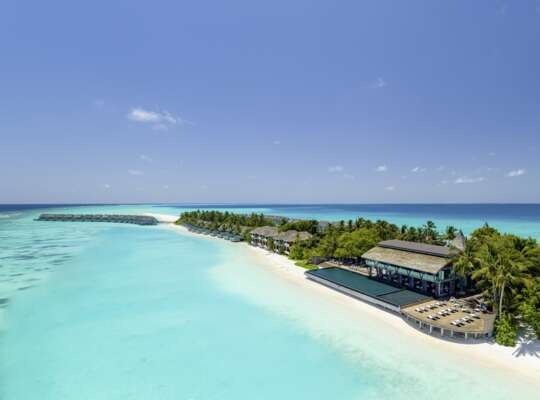
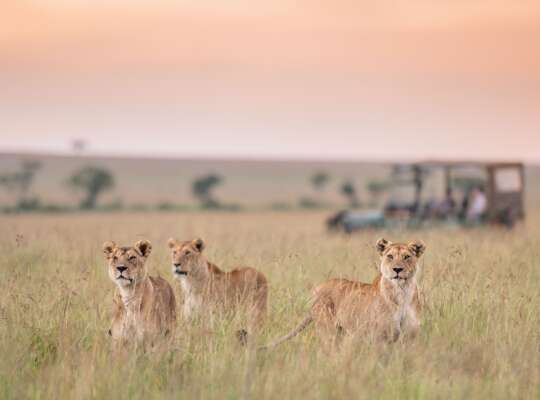
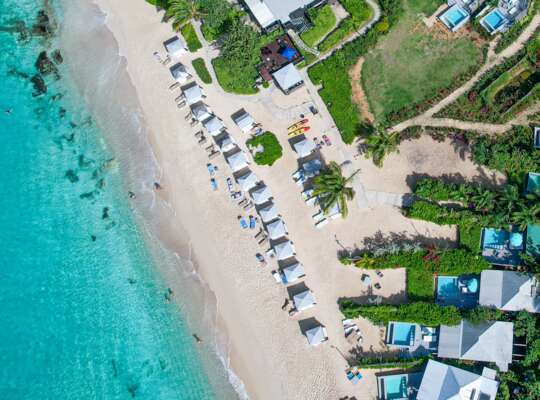
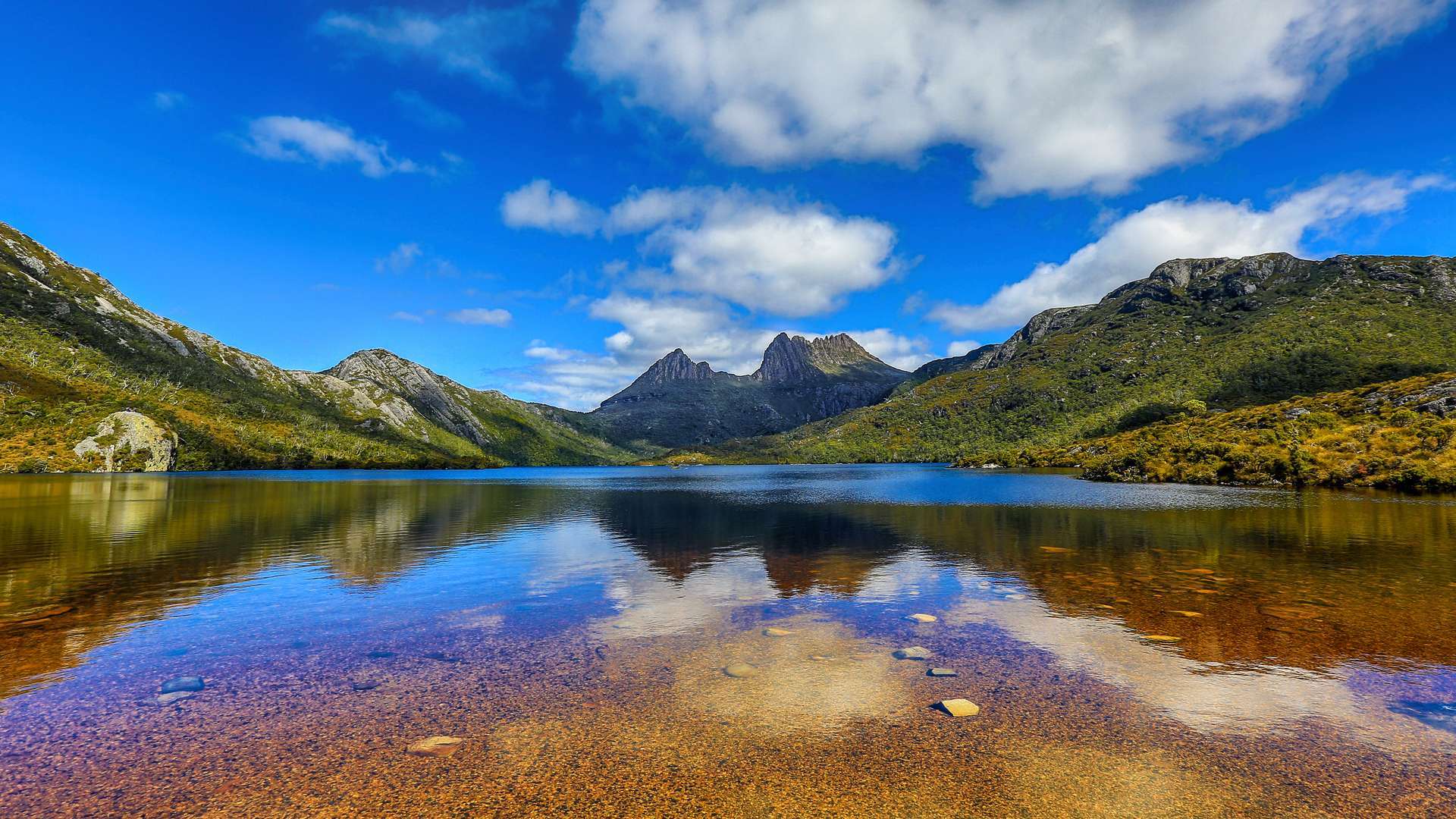
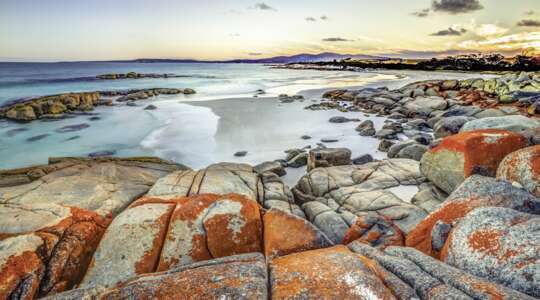

_w=24_h=25.webp?v=a392d311dd743e3625a1f57ba6fc3b967468f36c)
_w=24_h=25.webp?v=a392d311dd743e3625a1f57ba6fc3b967468f36c)
_w=24_h=25.webp?v=a392d311dd743e3625a1f57ba6fc3b967468f36c)